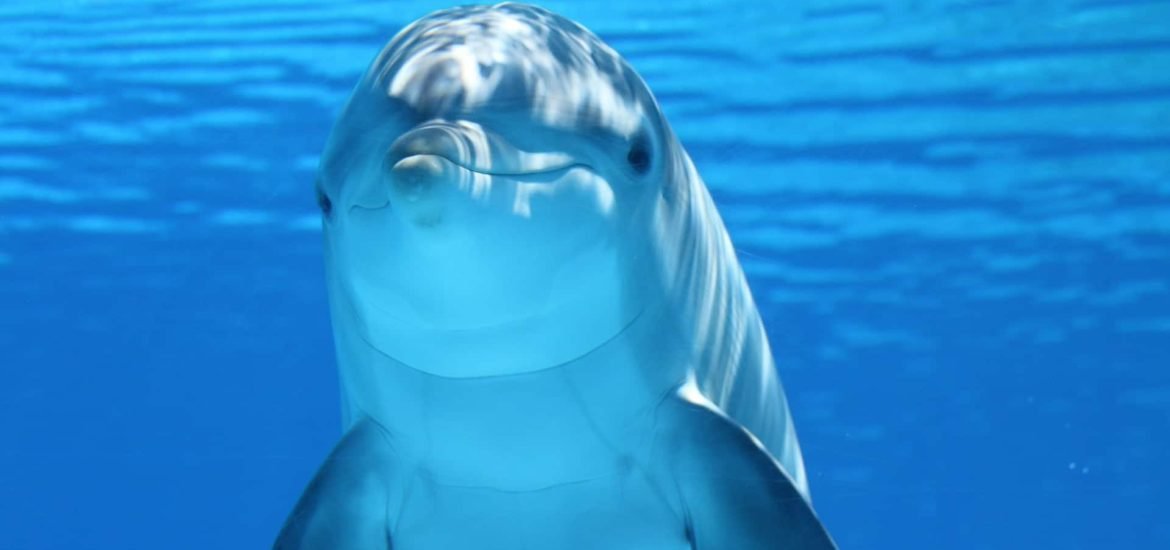
According to a new report in Science, global efforts to rebuild fisheries and limit overfishing would reduce the threat to endangered marine species in addition to promoting sustainable profit.
The paper was published this week and authored by Matthew Burgess and Grant McDermott of the University of California, Santa Barbara and the University of Oregon, in collaboration with their colleagues. The authors aimed to dispel a popular misconception that maximizing sustainable profit from fish stocks, and protecting species like turtles, birds and marine mammals, are mutually exclusive endeavours.
That is, efforts to reduce overfishing across the globe and maximize profits in the fishing industry would also protect unwanted forms of marine life from getting caught up in commercial fishing nets, many of which are endangered species.
It is estimated that 50% or more of commercial fisheries the world over are overfishing, an unsustainable practice that not only affects fish stocks, but hurts profits from a global industry that employs 260 million people. The impact of overfishing is made worse by its harm to other forms of marine life through bycatch, the unwanted or incidental capture of species not directly targeted by fisheries, from seabirds to sharks to sea turtles, as well marine mammals. Many of these species serve important roles in their marine ecosystems. Certain species, particularly the Māui dolphin and the vaquita porpoise, native to New Zealand and Mexico respectively, are currently facing extinction from the threat of bycatch.
The answer to problems of population and profit in the fishing industry lie in rebuilding healthier fisheries that employ better, more sustainable practices in order to put an end to overfishing. The numbers suggest that these efforts have the potential to increase global yield of targeted fish populations by 15%, which would in turn increase profit in the fishing industry by up to 80%. The report on the study by Burgess, McDermott and colleagues serves to demonstrate that the same solution also applies to the problem of protecting marine life from bycatch.
The purpose of the study was to examine the tradeoff between reducing bycatch and maximizing profit throughout the 4,713 fisheries that account for 75% of the global yield in the fishing industry. To gauge the reduction in fishing pressure required in order to reduce bycatch mortality across populations of 20 different marine species currently in decline, a Monte Carlo simulation of 1,000 unique scenarios was run in order to determine the percentage of species whose numbers would recover if each fishery in question were to maximize sustainable profits through rebuilding healthier fish stocks.
Burgess told Science Daily that, when it came to maximizing profits or reducing bycatch, “we found that about half the time we can accomplish these goals together with the same management actions.” Of the 1,4000 scenarios analyzed, it was found that 95% of fisheries could on average protect 50% of the species in question from bycatch-related population decline, all while maximizing profits.
Of course, that would still leave many forms of marine life under threat – including the Māui dolphin and the vaquita porpoise – where fisheries are already maximizing profits, a large chunk of which would be required to reduce bycatch even further in these areas.
Nevertheless, researchers remain optimistic, as recent advancements in fishing technologies could one day make such dramatic reductions in bycatch possible. Until then, Burgess and colleagues are confident enough in their data to conclude that rebuilding fisheries is largely a win-win for both marine conservation and the economy.